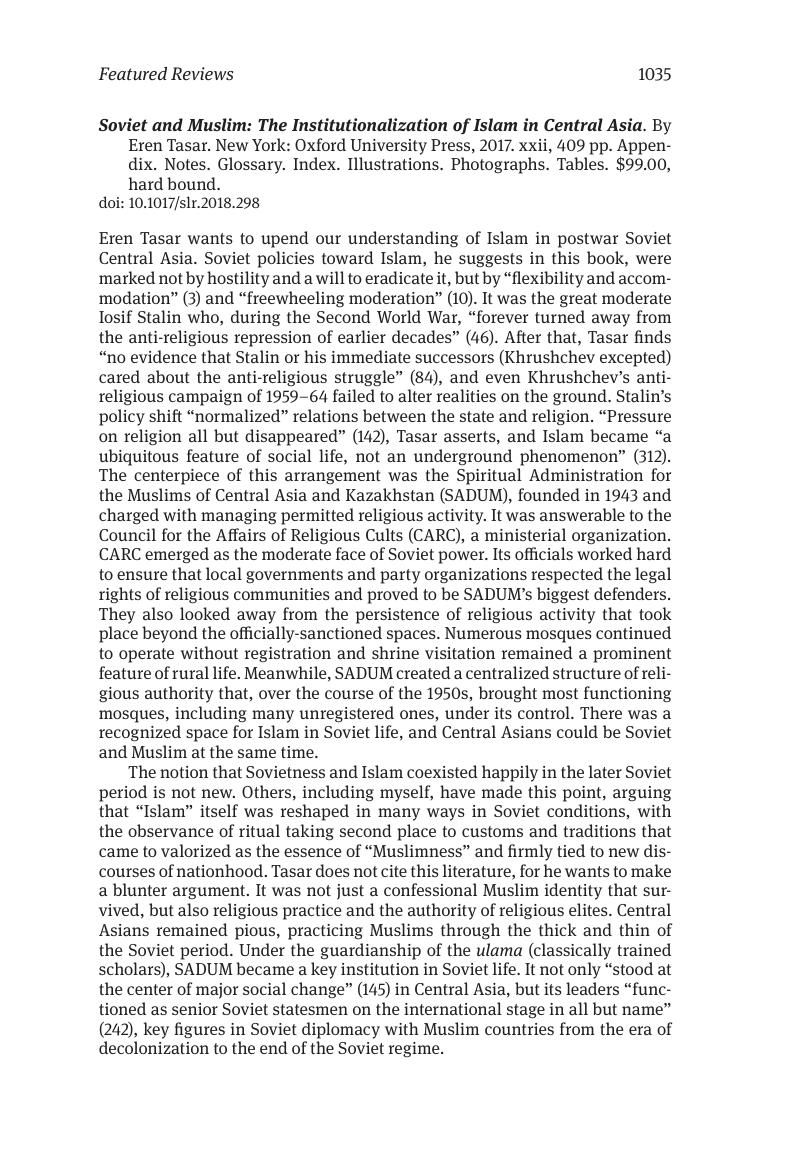Crossref Citations
This article has been cited by the following publications. This list is generated based on data provided by Crossref.
Khalid, Adeeb
2021.
Islam in Central Asia 30 years after independence: debates, controversies and the critique of a critique.
Central Asian Survey,
Vol. 40,
Issue. 4,
p.
539.



